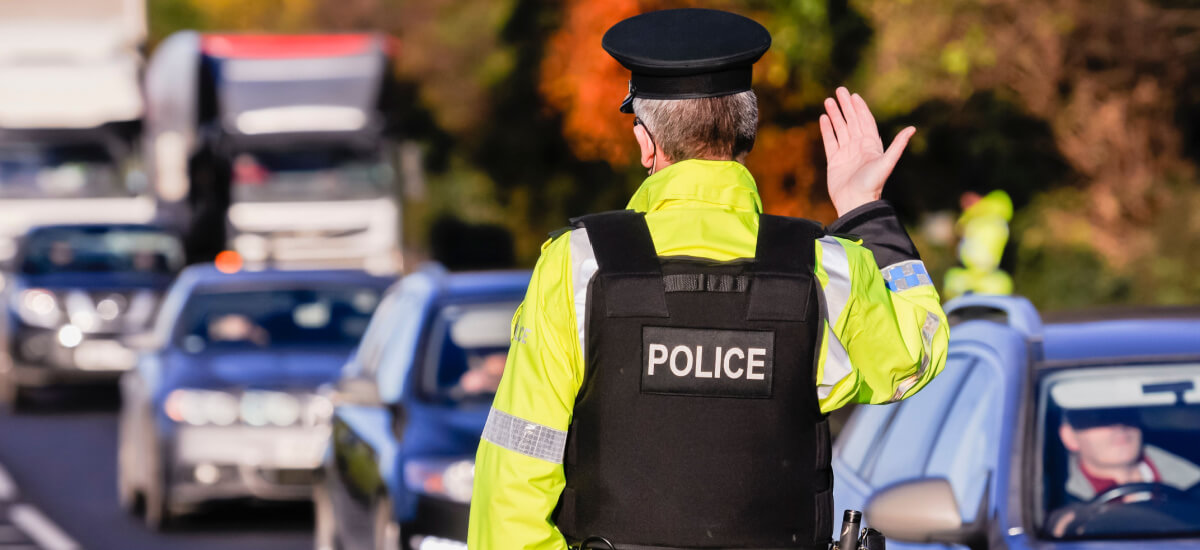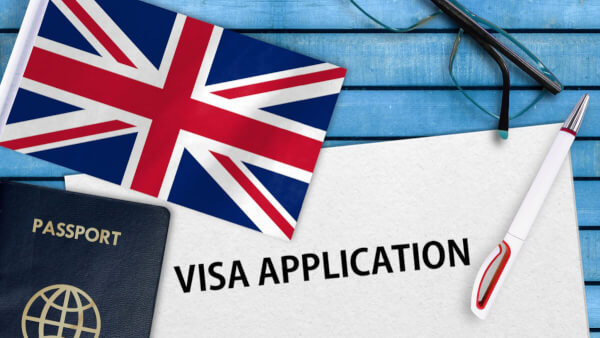How to apply for a UK eVisa
eVisas are replacing BRPs and other physical immigration documents. Learn who needs one, how they affect travel and how to make an eVisa application in the UK.

Thinking of exploring the UK roads sometime soon? If you plan on being the one in the driving seat, you’ve come to the right place. Whether you’re just a visitor or a potential future resident, driving in the UK is something you should prepare for.
In this guide, we’ll cover everything you need to know about driving in the UK. This includes the recognition of your foreign licence, driving rules in the UK, and the requirements drivers must meet.
And if you’ve arrived in the UK from abroad or are heading outside the UK, we’ll also show you a cost-saving way to handle your finances across borders from the money services provider Wise. The Wise account allows you to send and receive money in multiple currencies. You can even rely on the Wise card to help you handle all of your driving-related expenses in foreign countries while avoiding high currency exchange fees.
Please see the Terms of Use for your region or visit Wise fees & pricing for the most up-to-date information on pricing and fees.
Read on to find out what you can expect from the UK roads.
| Table of contents |
|---|
You must be at least 17 years old in order to drive a car in the UK. On the other hand, there’s no such thing as being too old to drive if you’re healthy. You do have to renew your driving licence every three years after turning 70, though.¹
All UK drivers must register their cars with the Driver and Vehicle Licensing Agency (DVLA) or the Driver and Vehicle Agency (DVA) if they’re in Northern Ireland. Still, if you plan on driving your own car in the UK, you need to have proof that it’s been registered in your home country. You can drive a foreign-registered car in the UK for up to 6 months. It doesn’t have to be a single 6-month visit, you can do multiple shorter ones over the span of a year.²
Besides your driving licence, you must have some other documents on you when driving in the UK. Those include your passport, proof of vehicle insurance and MOT certificate. It’s illegal to drive on UK roads without car insurance, so make sure you’re covered. Also, your car needs to be taxed.³
If you’re just visiting the UK, you can keep using your foreign driving licence. How long you’ll be able to use it depends on where your licence was issued. There are three categories of foreign drivers.
The first category are drivers who received their licences in one of the EU/EEA countries. They can keep using them in the UK for as long as they’re valid.
The second group of drivers can use their licences for up to 12 months. After that, they must exchange them for UK licences. Those are the people whose licences were issued in the following countries:
Finally, drivers that don’t fit into any of these two categories can drive in the UK for up to 12 months, but they can’t exchange their licence for a UK one. Instead, if they wish to stay longer, they have to take a UK driving test.
These regulations are susceptible to change, so you should always look for the freshest information. You can double-check which category you belong in on the UK government website.

Having trouble keeping up with all the documents and items you need? We’re here to help. Here’s everything to remember about driving in the UK checklist-style:
The UK laws don’t require you to carry certain safety items in your car.⁴ Still, it’s a good idea to have them if an emergency or accident were to happen. The most important would be reflective jackets and a warning triangle, in case you have to leave your car on a motorway. Spare light bulbs, snow chains and a first aid kit are also a good idea.
Motoring companies such as RAC have good driving kits you can use all over Europe.
| 📚 Read more: Best debit card to use abroad: Top 6 UK picks |
|---|
The set of rules for driving in the UK is called the Highway Code. Those who plan on driving through Northern Ireland should know that they have their own Highway Code there. If you want to become an expert on driving in the UK, we suggest reading through them thoroughly. To save you some time, we’ve collected some general rules you’ll find useful on a daily basis.
As you already might know, UK drivers use the left side of the road. Also, the driving seat in UK registered vehicles is on the right side. If you’re coming from a country with opposite rules, this might be a challenge.
The London Congestion Charge is a toll drivers need to pay if they want to drive through certain parts of central London during the day. Those areas are collectively called the Congestion Charge Zone. It applies between 7:00 and 18:00 on weekdays and between 12:00 and 18:00 on weekends and holidays.
If you pay it in advance or on the day of driving, it’ll cost you 15 GBP. Paying it up to three days after rises the fee to 17.5 GBP. However, if you miss that window, you’ll get charged a 160 GBP fine. Not paying it in time can make it even bigger, so make sure you handle it right away.
Another thing to keep in mind when driving through the UK capital is ULEZ. This stands for Ultra Low Emission Zone. Unlike the London Congestion Charge, it operates 24 hours a day, on all days except Christmas Day.
You’ll have to pay the ULEZ fee if the car you’re driving doesn’t meet Euro 4 and Euro 6 vehicle standards. The fee is 12.5 GBP and it’s a daily charge. This means you can enter those zones multiple times.

If you’re used to driving on the right side of the road, UK roundabouts are another thing you’ll have to get used to. When approaching one, make sure you give way to traffic coming from your right. Keep an eye on the road markings and traffic signs.
UK laws use miles per hour when setting speed limits. Unless there’s a sign indicating otherwise, the limit on motorways is 70 mph and on unrestricted single carriageway roads 60 mph. When you’re driving inside cities, don’t go over 30mph.
Legal blood alcohol limits are not the same in different parts of the UK. For example, the limit in England and Wales is 80 milligrams of alcohol per 100 millilitres of blood. On the other hand, drivers in Scotland can have 50.
Need help managing your driving expenses in the UK? You might want to consider options other than your bank.
Wise is a money services provider specialising in international transfers, along with a powerful multi-currency account and international debit card.
Open a Wise account and you can manage your money in 40+ currencies, including GBP. You can also make international payments for low fees* and mid-market exchange rates.
You can also get a Wise card and spend like a local from the moment you arrive in the UK from abroad, or travelling outside the UK. The Wise card has no foreign transaction fees for spending abroad, just a small conversion fee* when spending cross currency, so paying for gas or car repairs won’t break the bank. It also allows you to withdraw up to £200 per month with up to 2 transactions from overseas ATMs with no Wise fees (although ATM operators may charge their own fees).
Sources used:
Sources last checked on: 06-Nov-2023
*Please see terms of use and product availability for your region or visit Wise fees and pricing for the most up to date pricing and fee information.
This publication is provided for general information purposes and does not constitute legal, tax or other professional advice from Wise Payments Limited or its subsidiaries and its affiliates, and it is not intended as a substitute for obtaining advice from a financial advisor or any other professional.
We make no representations, warranties or guarantees, whether expressed or implied, that the content in the publication is accurate, complete or up to date.

eVisas are replacing BRPs and other physical immigration documents. Learn who needs one, how they affect travel and how to make an eVisa application in the UK.

Read our essential guide to using Amex in the UK, including which brands and retailers accept it, fees, cash withdrawals and much more.

Travelling to the UK? Read our guide to the new ETA UK visa, including who needs it, how to apply, fees and UK ETA requirements.

A guide writing an invitation letter for the UK visa, covering everything you need to know.

London is renowned for its vibrant LGBTQIA+ scene, offering a diverse range of events, bars, and clubs that cater to all identities and expressions. The city...

A guide to St Andrew’s Day, including what and when it is, and how it’s traditionally celebrated in Scotland.